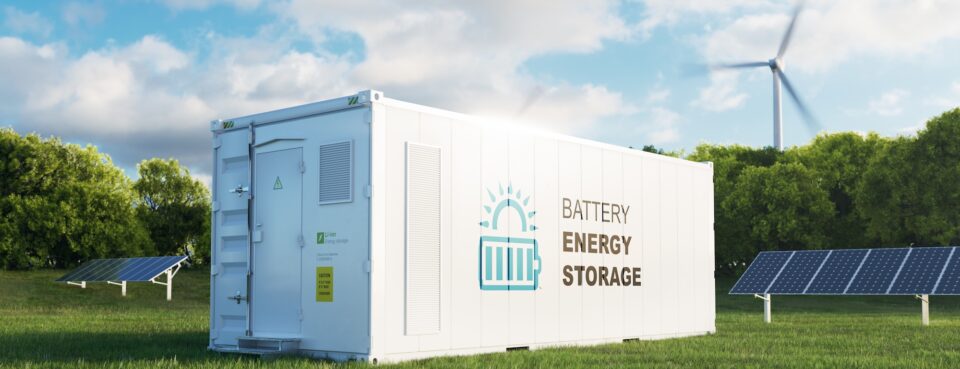A battery energy storage system (BESS) works in conjunction with a power generation and distribution system.
A bank of batteries is created, with the number of batteries depending on the amount of energy required. The load capacity will depend on whether the BESS is part of a single household system or one designed for an entire community.
Some battery storage systems, such as DEUTZ New Zealand’s BESS scheduled to be released to market in Q4 2023, are made with readily accessible components and hot-swappable products, enabling easy onsite servicing and maintenance. Additionally, in case there is an increase load capacity demand, our innovative BESS allows users to expand the load by inserting in extra battery modules.
Energy first has to be generated from a power source, such as solar panels and/or wind generated power, or electricity from the main grid gathered during off peak times. This energy is stored in the batteries until required.
Once electricity has been generated from renewables or the main grid it needs to be converted to the correct voltage, current and waveform using inverters, converters and controllers to make it suitable for charging the batteries.
Electricity is stored in the batteries. The type of battery used will depend on the application, but most commonly a lithium-ion battery is used because they charge quickly, have a high energy density and a long life.
The BESS needs to be stored in a temperature-controlled environment with constant monitoring. Lithium-ion batteries, in particular, are sensitive to extreme changes in temperature, so evaluating and controlling air flow and temperature is vital to maintaining performance and ensuring longer life for the batteries.
Understanding the importance of correct storage for maintaining the system’s aged and functionality, DEUTZ New Zealand has designed our signature canopy to withstand the unique conditions and environment of our region. This ensures the best protection for our batteries.
An energy management system is required to control and manage the input and outflow of electricity. This part of the system will ensure optimal battery operation and greater efficiencies in energy storage and distribution. There are many considerations, including grid demand, source generation, conditions and pricing, which are all handled by complex computer systems that collect and evaluate large amounts of data.
The system also monitors the batteries’ level of charge and state of health.
When required, stored energy in the BESS then needs to be converted back to the correct voltage, current and waveform for distribution.
BESS form a major component in a system of energy supply for many types of end-user, with a capacity to be sized according to application, to enhance communities with main grid inconsistencies, provide energy for remote communities and support the main grid. They also make renewable and sustainable energy sources a viable solution for a cleaner future.


